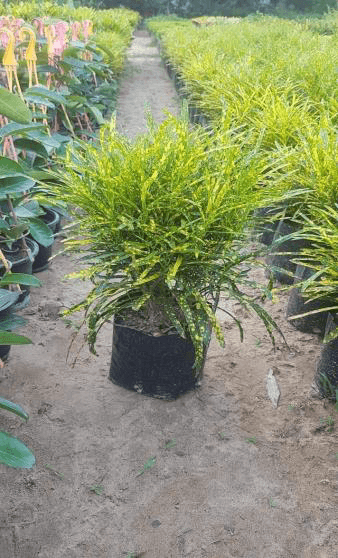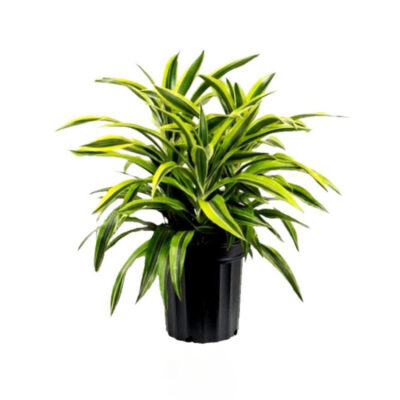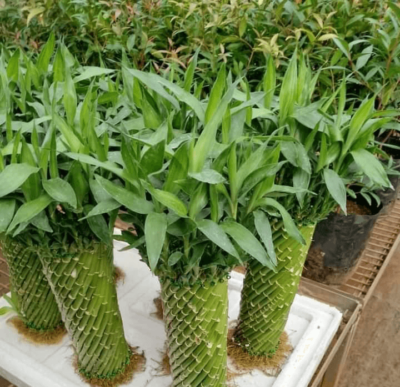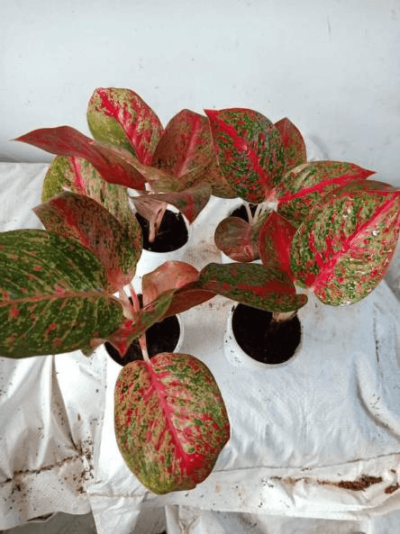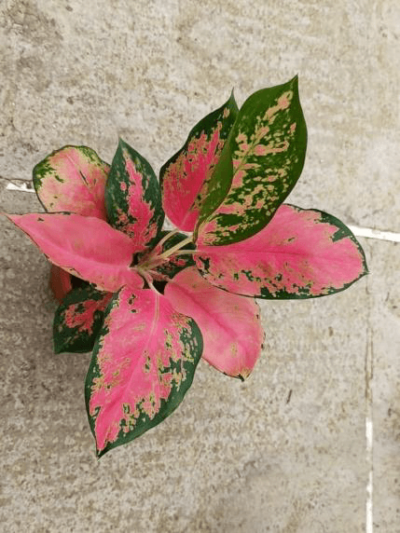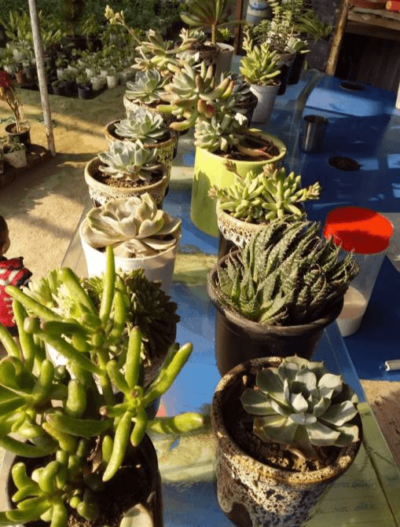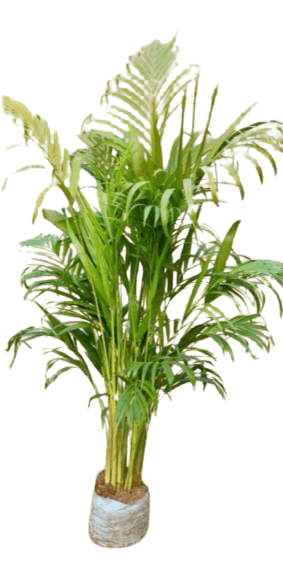-
 American Marigold 1 x $23.45
American Marigold 1 x $23.45 -
 Black Eyed Susan 1 x $25.45
Black Eyed Susan 1 x $25.45 -
 Bleeding Heart 1 x $30.45
Bleeding Heart 1 x $30.45
Jemia cules
₹375.00
When you’re just staring out with a houseplant collection,or looking for some undemanding green office decor,ZZ plant,Zamioculcas zamiifolia,lives up to one of its common names—Eternity Plant.This is an indoor tropical characterized by upright growth,shiny,oval-shaped,deep green leaves,and a reputation for being hard to kill.A good choice for almost any indoor environment, note that ZZ plants are toxic to people and pets
Description
Plant Specification
Plant name: Jemia Cules
Pot size: 5inch
Pot color: Black
Plant Height: 6inch
Location: Indoor
Soil Type: Rich with Coco-Peat and Compost
Care Tips for Jemia Cules Plant
Light ZZ plants adapt to a wide range of lighting conditions and can ‘technically’ survive without any natural light. They do best, though, in bright, indirect light and can get leggy when not given enough light. Avoid direct sunlight which scorches the leaves.
Soil Standard houseplant potting mixes are sufficient as long as they drain well.
Water ZZ plants grow from rhizomes that store water which makes them extremely drought tolerant.Let soil dry out completely in between waterings. A deep watering once every few weeks is often adequate depending on growing conditions.They can survive months without water, so missing a week or two isn’t likely to cause a problem. It’s better to underwater your ZZ plant than to overwater it.
Temperature and Humidity Well-suited to average indoor temperatures and humidity, these tropical aroids do not tolerate cold temperatures and can suffer damage at temperatures lower than 45°F. Choose a spot away from drafts including cold air vents. Plants may benefit from increased humidity during dry winter months.
Fertilizer ZZ plants do not require regular fertilizing, but for optimal health, feed with an indoor formula diluted to half-strength once or twice during its active growing season.
Jemia Cules Plant Tips for Beginners
Where to Put It: Place your ZZ plant in a location that receives some indirect light, and away from cold drafts.
How to Water It: ZZ plants can survive months without water; water your plant only when the soil has dried out completely.
Soil Type: Plant your ZZ in a well-draining soil, like a standard houseplant mix
Pruning A little judicious pruning keeps ZZ plant from getting leggy and thin looking. Stems can be tipped, removing only a few inches to form a pleasing staggered structure and create a fuller appearance. Use a sharp, sterile pruner and make cuts at a 45-degree angle just above a leaf node. Use cuttings to start new plants. Remove the bottom leaves as they age and start to fade.
Propagating: ZZ plants are propagated through division and leaf cuttings. Division is simplest and can be done during repotting. Rhizomes pull apart easily and, once separated, can be repotted into individual pots. Use some care to maintain as many roots as possible on each division.Leaf cuttings need to develop a root system so you’ll need some patience using this propagation technique. It may take six to nine months for a rhizome to develop and new top growth to appear. Take a cutting from a mature ZZ plant with a portion of stem and at least two leaves. Plant the stem in a well-draining potting mix keeping leaves above soil level. Place the cutting in a warm spot that receives bright indirect light.
Potting and Repotting : ZZ plants should be repotted only once they have outgrown their previous container. These houseplants tolerate some crowding but need attention when rhizomes start to press against the edge of the container.Repot in spring or summer when your plant is actively growing to alleviate transplant shock.Choose a pot one size larger than the current pot or divide the plant, removing outside rhizomes.You can replant the mother plant in its original container with new potting medium.
Common Pests and Plant Diseases: ZZ plants are not prone to pests but can attract common houseplant pests including mealy bugs,scale, fungus gnats, and aphids. Keep plants free of dust and apply horticultural oil if an infestation develops.Water-soaked lesions and brown spots with yellow halos indicate a fungal or bacterial disease caused by overwatering. Isolate the plant,withhold water until soil dries outand treat with fungicide. Remove severely damaged leaves.

